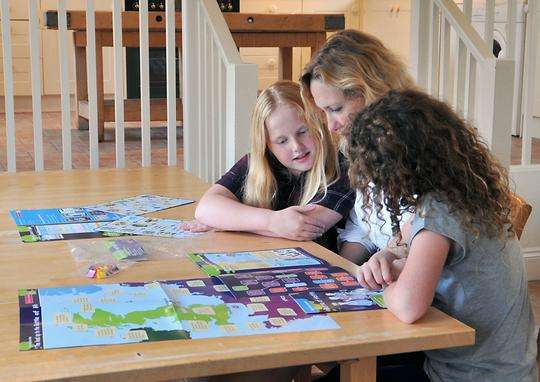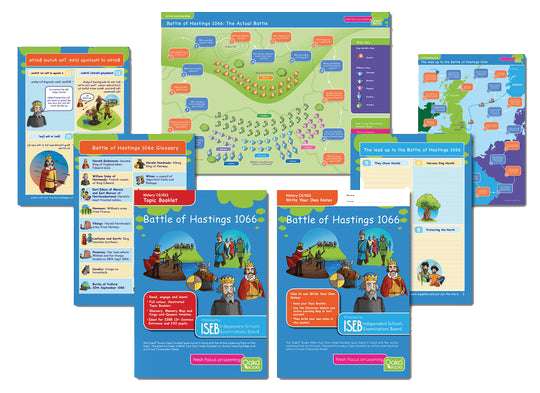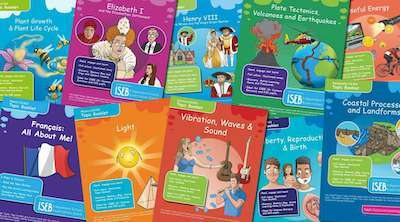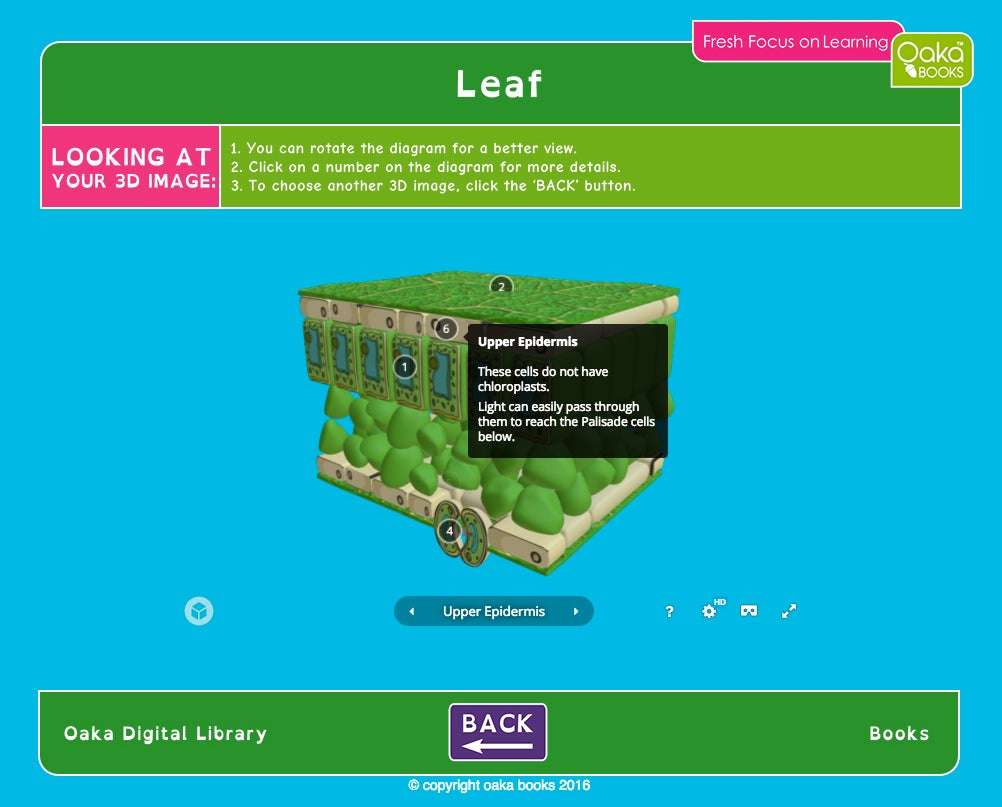“Getting into the flow” is more than just a saying. It has its grounding in psychology and is a concept pioneered by Mihaly Csíkszentmihályi. Often also referred to as being “in the zone” it is a state of being completely immersed and fully focussed on an activity. When we feel flow we are unaware of the time or other considerations. This happens during times of learning and practice where our motivation and single-mindedness is at its highest.
It might sound technical but getting into a flow state can happen in everyday life a lot. It’s the prime time for learning and practicing. Adults often feel flow when practicing a musical instrument, painting, writing or playing sport. The mix of creativity, concentration and improving makes it a powerful time for the mind.
The flow theory is very much about children and learning. The Montessori Method of education uses flow theory and playgrounds have even been built around the idea. Working one-on-one with a child makes it much easier to get them into this zone. They need to keep being challenged and motivated at the right level without it getting too easy or too hard.
The trick is to balance basic skill with also stretching their abilities. If the task is too hard then they will lose interest and get frustrated. If it is too easy then they will become bored.
An easy place to see this in action is video games. If your child likes to play games look at the learning curve the game uses. Just hard enough to keep them engaged and learning the controls and rules to work toward the objective. As they get better the game levels up and they can stay entranced for hours while their performance is rewarded with points and prizes.
Engaging children in their learning and maintaining their interest is the only way they will be able to effectively learn. The use of a ‘multi-channel’ approach certainly helps in increasing motivation, especially among those who find learning a challenge.





